My submission for Project 9 is a final draft but there continue to be things I am working on. The last few minor tweaks will not delay my exhibition. I suspect most projects which go to exhibition feature last-minute changes necessary to fit in with the practicalities of showing work. Things which despite the most rigorous plans can be overlooked.
For my project, the particular items which I continue working on include reshooting a video of falling ash. My original piece used an old dust sheet as a backdrop. After feedback, I looked at using a black cloth but trying to isolate the ash. Often the backdrop seems to intrude and come to the fore so producing this work in a way which satisfies me has not been easy. Ultimately it is a choice between how aesthetically pleasing I want this idea to be and whether flaws in the delivery of this particular piece are acceptable to me.
My current and new video selection can be seen at the following links:
Initial video of falling ash – https://youtu.be/SW8WO7f0Jzk
Latest version – https://youtu.be/qoIV9Q1k8qk
Another piece of work which has taken up a huge amount of time has been the see-saw which I want to form a centre piece in my exhibition. This child’s plaything represents the balance between life and death. After many months of negotiation and prompting, I have now received the pivot for my see-saw. This is a huge lump of over-engineered steel which weighs in at 37kg. I know this as I paid for postage although the pivot was gifted for free. The wooden scaffold board which will act as the top of see-saw bolts to the pivot. The pivot needs some work before it will be ready for exhibiting. The base is not square so the pivot does not balance easily. I have drawn up a design for a socket and steel plate with the pivot will fit into. This means that the see-saw will be in 3 parts; the pivot, the socket and base and the wooden top. Splitting this into three parts which I assemble on site will make transporting it to the exhibition and carrying it up the stairs easier. I need to pass my design to a metal fabricator to complete this work. When the see-saw is ready I want to photograph it as this will feature in zine I am having printed for the exhibition.
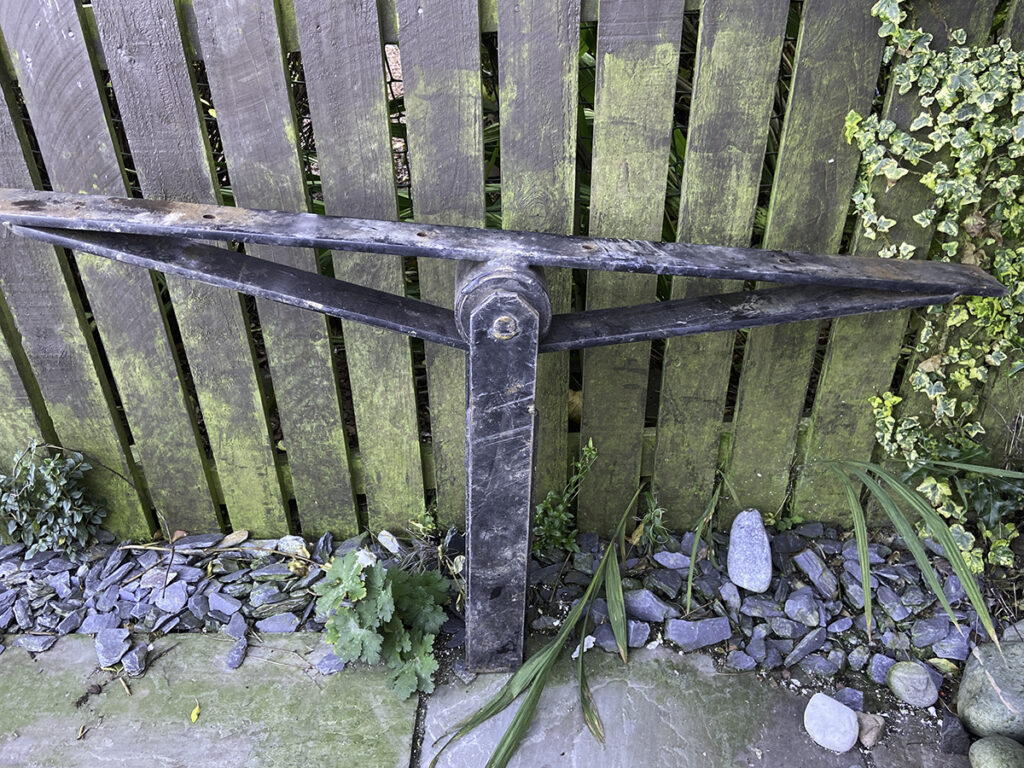
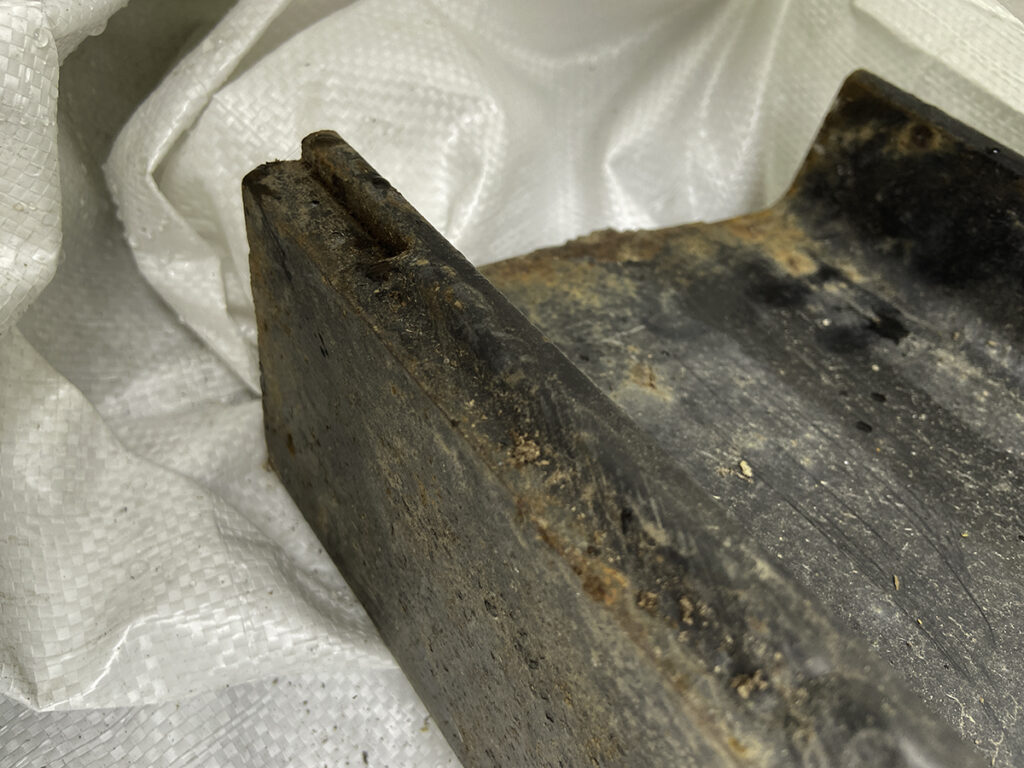
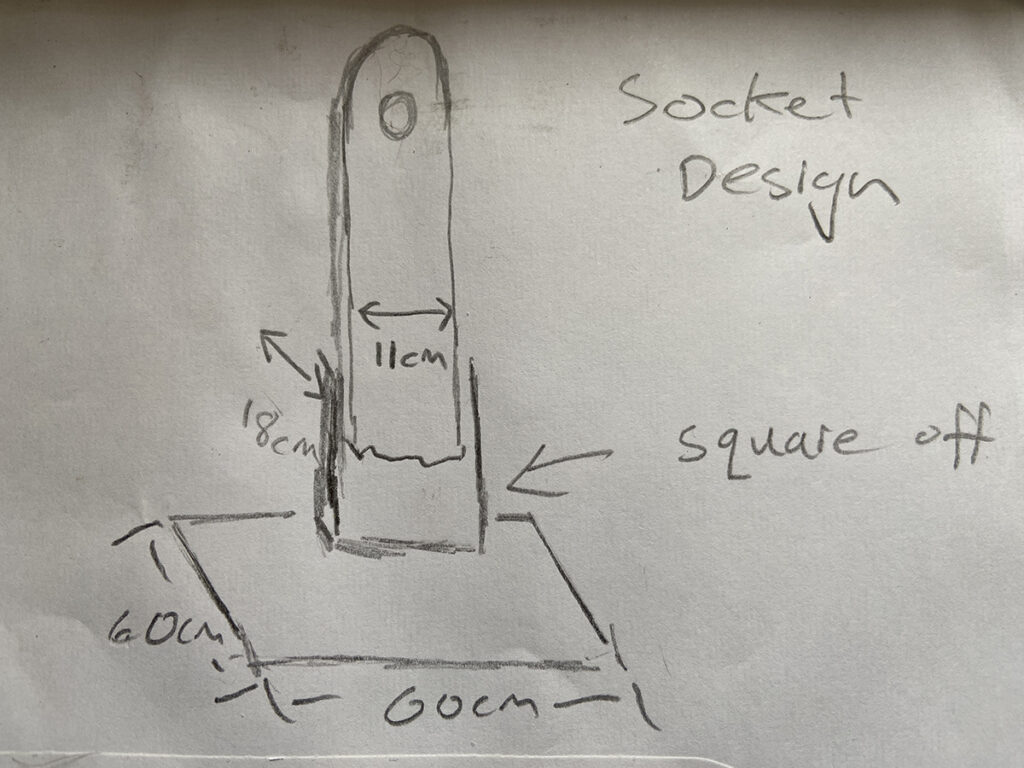
One thing which I have been working on is what size my prints should be, what paper I should use and also how these should be mounted. Some images need to be larger to pick out fine detail such as the baby on top of the cliff while some can be smaller.
I sent away for some sample packs of paper and some prints of my work and have formed a good idea of which papers work best with my images. I show examples of prints below although I am aware that things such as texture and the fine details of paper are not things easily shown without having my prints in the hand. It interests me how some papers seem to work well with my images which show lots of black while the same paper does not always work with my over-exposed image of Styx.
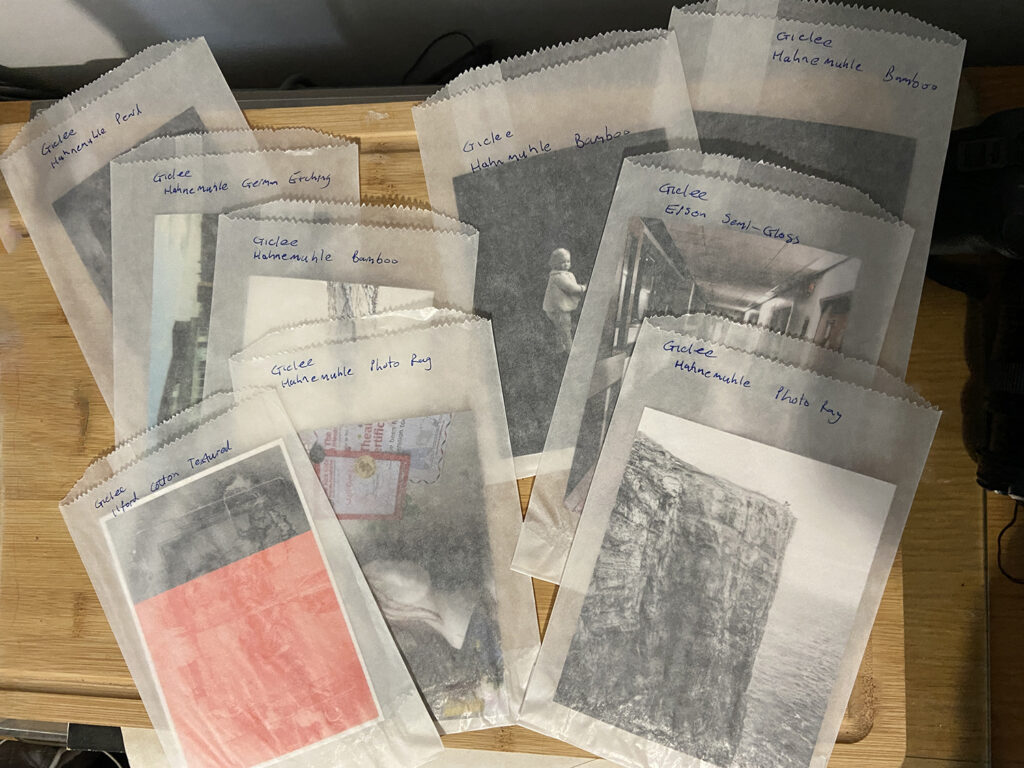
As regards mounting, I will surface mount my images so no frame or border is required. This minimalist approach will permit my audience to focus on my work without distraction. When I first thought about the material on which the photographs sit. I looked at aluminium, wood, MDF, Perspex, acrylic, foamboard, card, composite and clay. My experimentation has led me to the conclusion that I was adding needless choice and complexity which does not add to my project. My images will all use the same type of mount so as to build a sense that the works in my exhibition are part of a whole.I show samples of different materials and how these look with visual artworks.
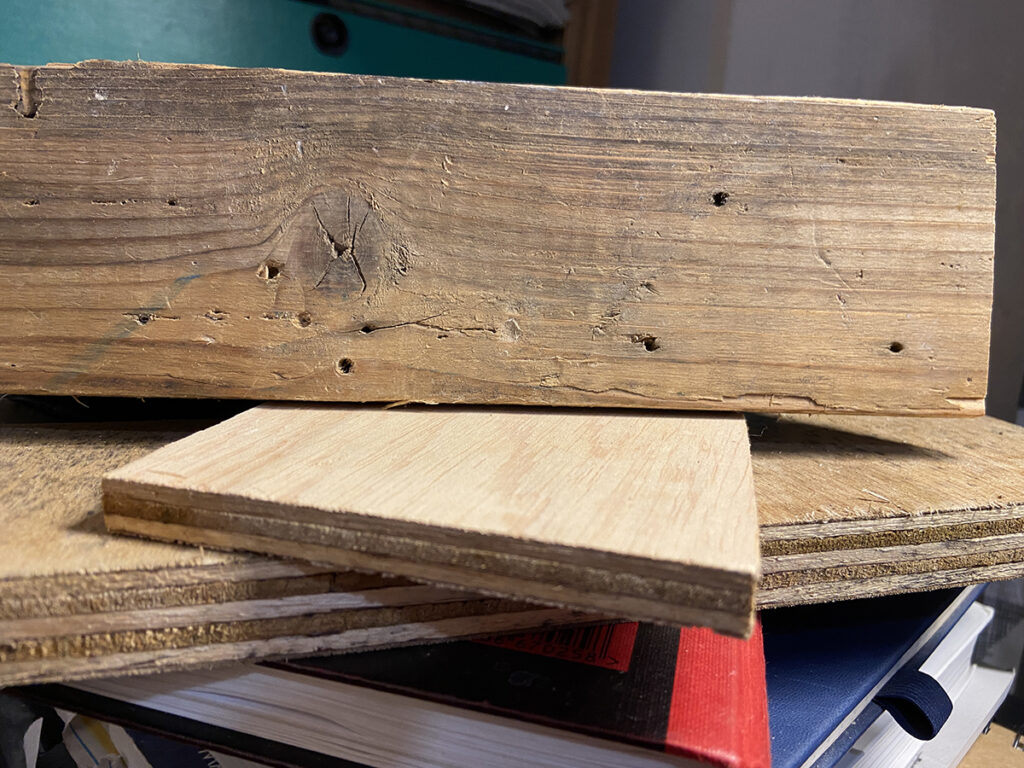
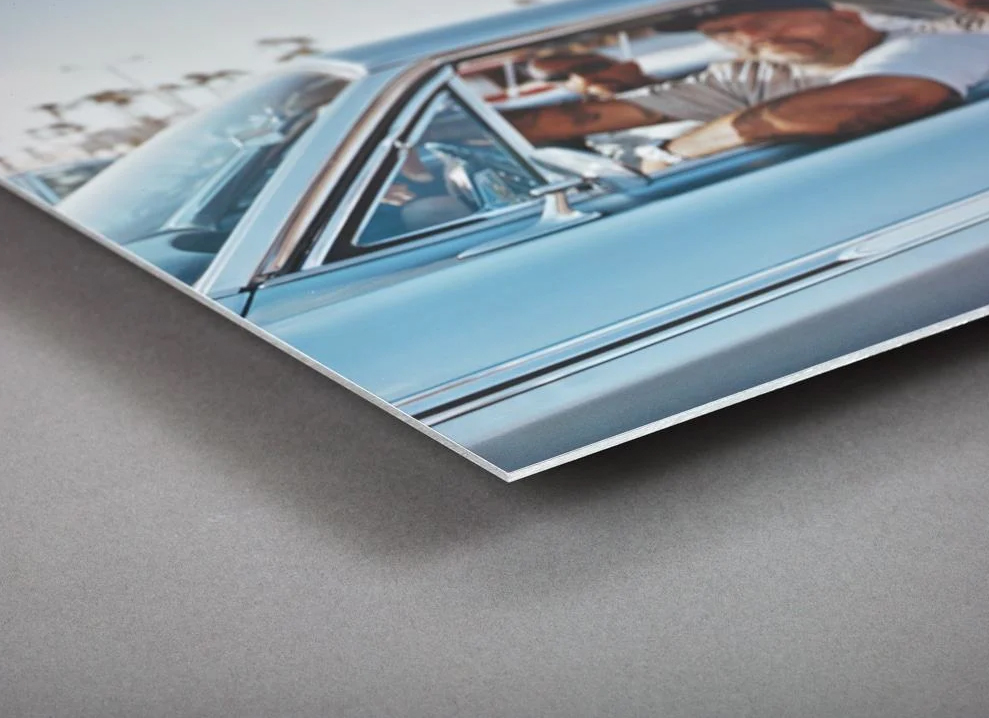
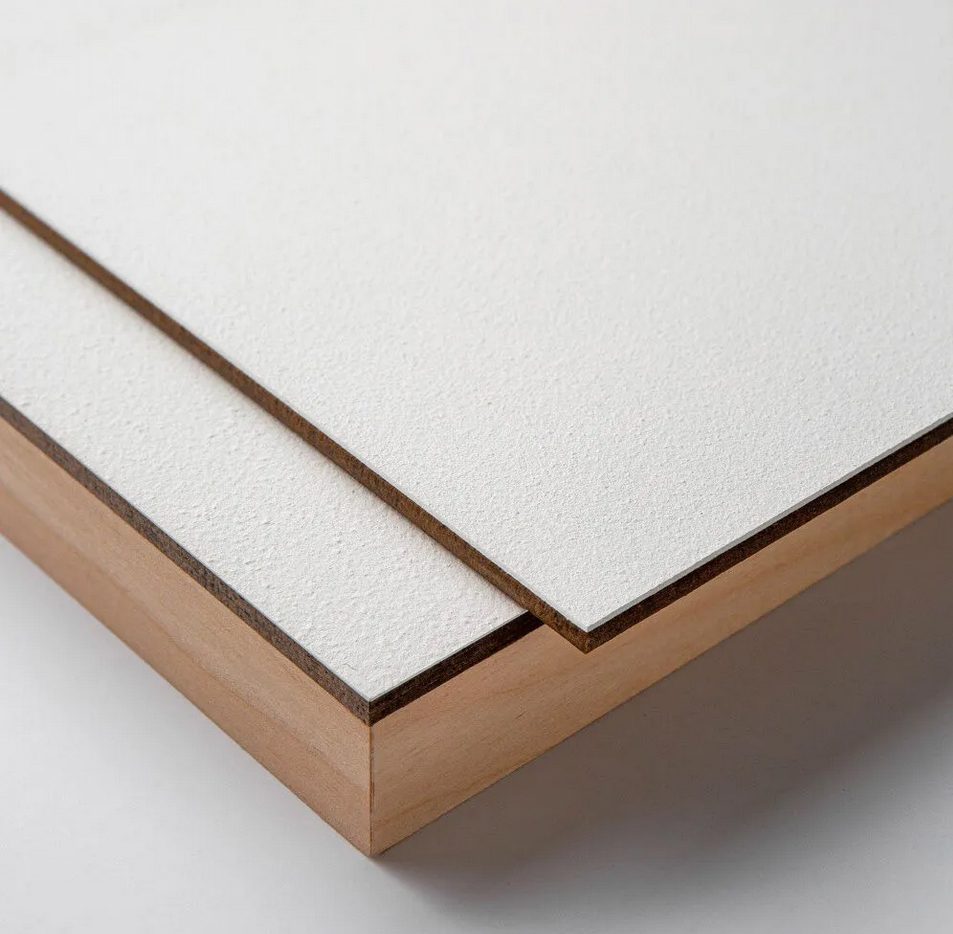
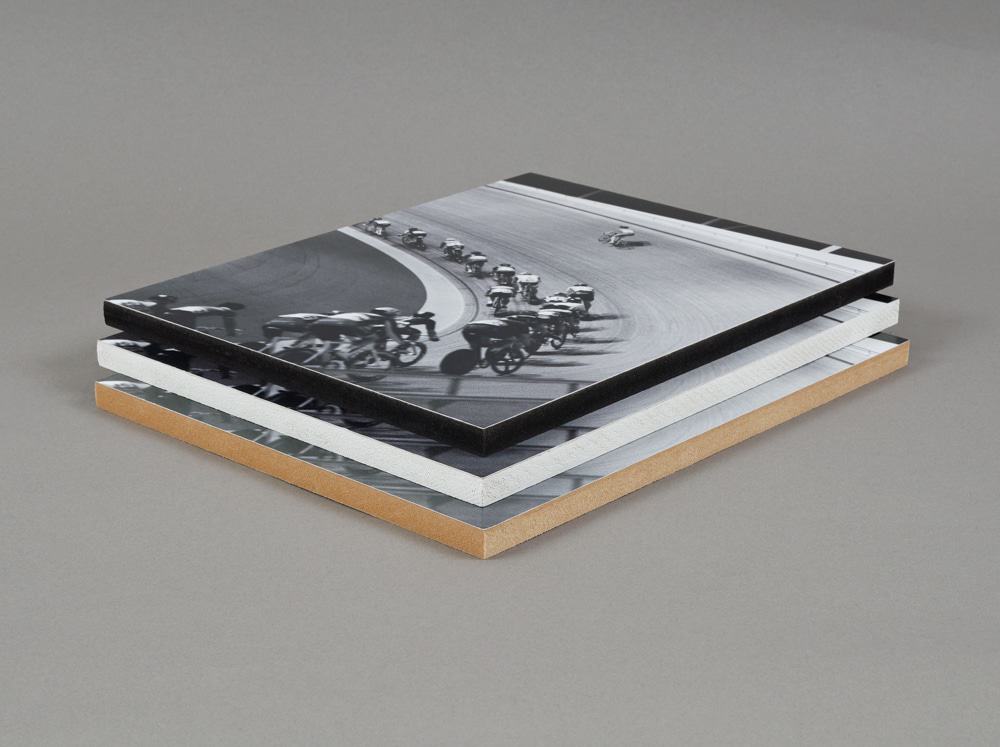
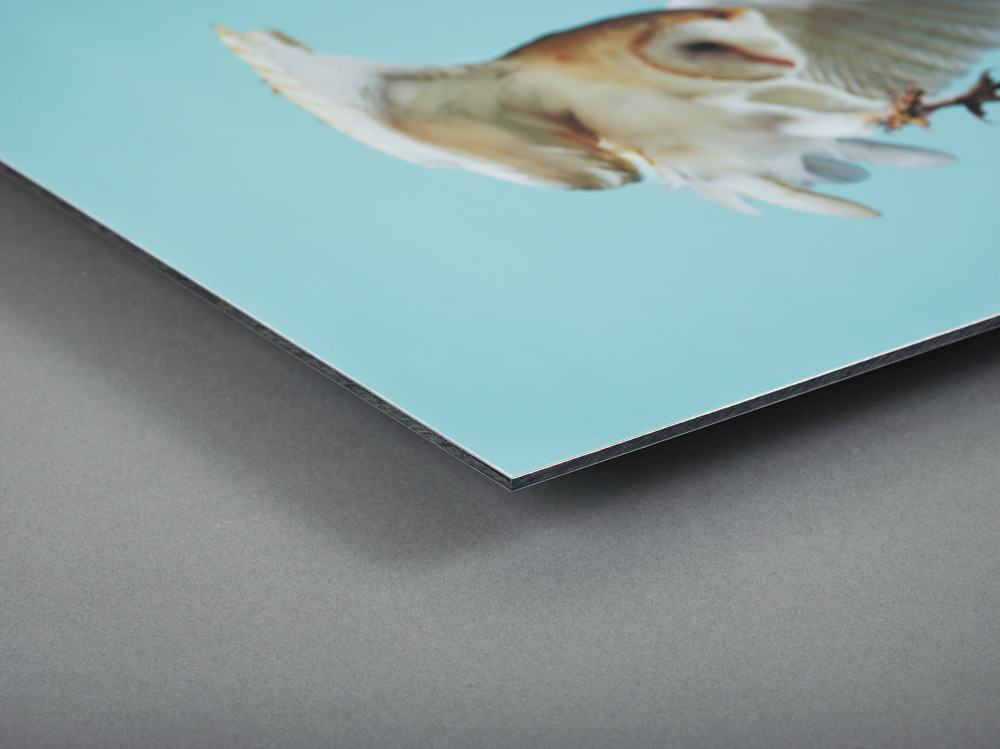
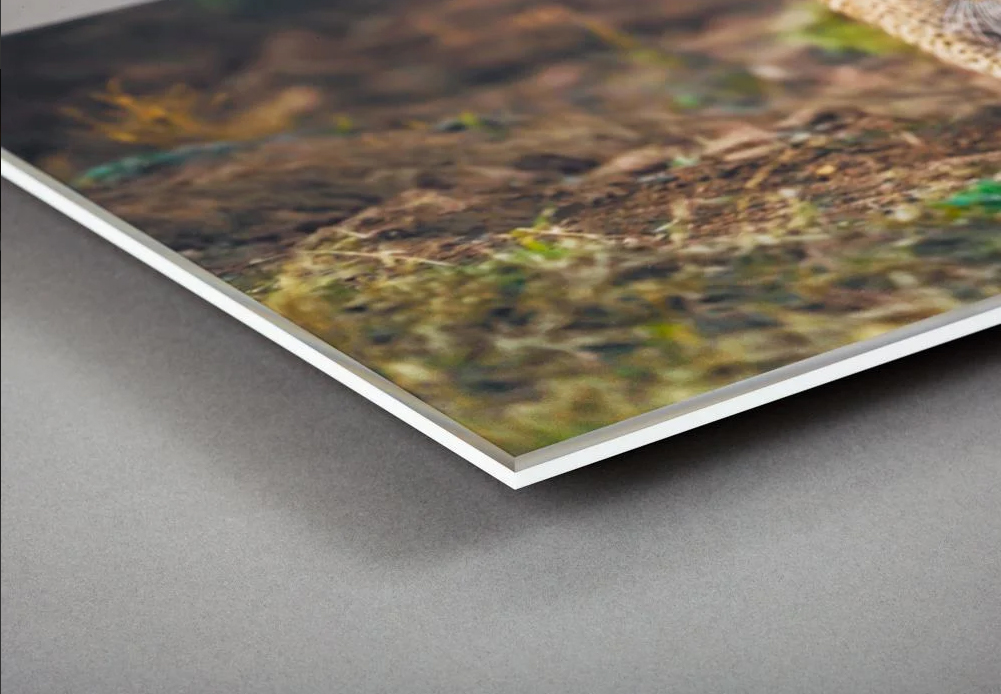
Of these examples, I think MDF works well and is a cost-effective option. I like the natural feel of wood and if cost not an option, then I love the modern simplicity of the acrylic reverse which sandwiches the artwork between a backing of aluminium, dibond or perspex and a layer of perspex on top I will investigate any reductions in price for students or for large orders. The cost of a professional and modern-looking print could be offset should any work in the exhibition be sold. Setting prices for my work based on mounted or unmounted images and the potential for limited edition works is something I will consider.
My final thing to consider in the final draft is how to display my video work. I have a flatscreen TV which I plan to use for my video work of falling ash. I have spoken to the gallery owner about this and she tells me they have displayed video work and all the gallery staff needed to do was switch on the TV each morning. I need to find out how the screen attaches to the wall or if a stand mount is required and test how the TV works with the feed of falling ash. Will a simple memory card plugged into the TV be enough? I will do some tests on this and will read up on how other artists manage their video work.